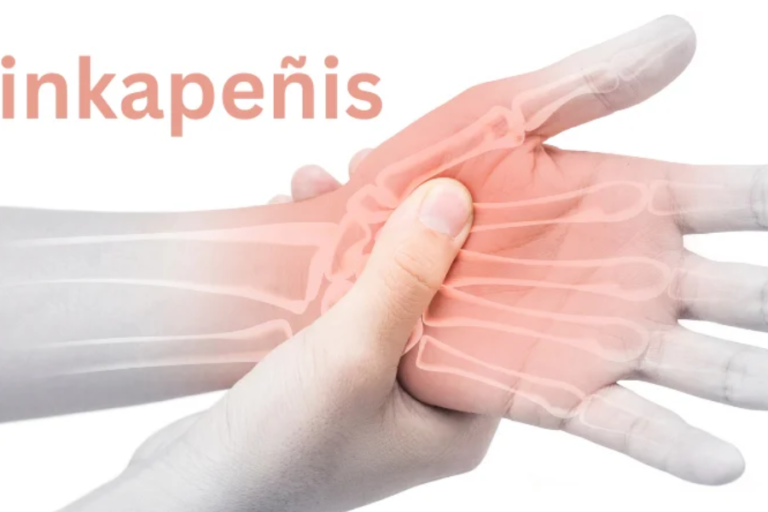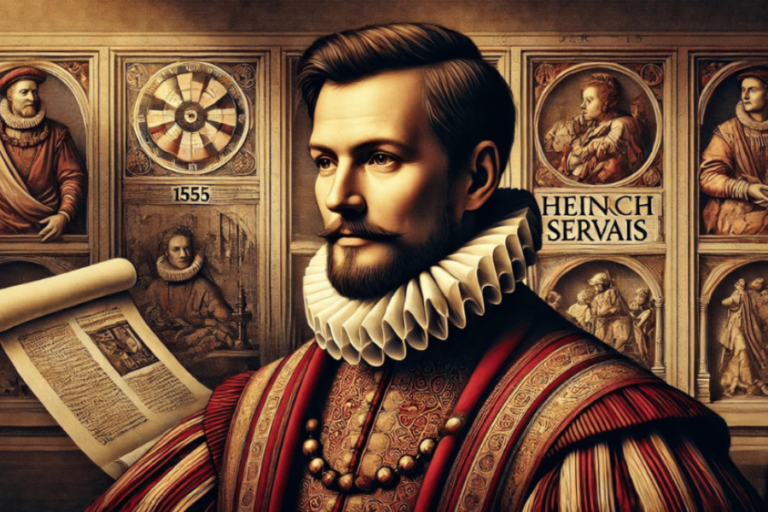Uncuymaza: Weaving the Threads of Culture, Tradition, and Artistry
Uncuymaza is not merely a form of craft, but a profound cultural expression that showcases the rich heritage of indigenous communities in Peru. It represents the artistry, identity, and history of the Andean people, passed down through generations. Each piece of uncuymaza is more than just fabric—it’s a narrative woven with the history, beliefs, and customs of the community it originates from. This article dives into the origins, cultural significance, and craftsmanship of uncuymaza, exploring how this ancient tradition continues to thrive and adapt in the contemporary world.
The Origins of Uncuymaza
The roots of uncuymaza stretch deep into the ancient traditions of Andean culture, where weaving has been an essential part of life for thousands of years. This intricate craft, believed to have originated in the Peruvian Andes long before the arrival of the Spanish, is a testament to the resilience and continuity of indigenous knowledge. It has been preserved and passed down, from one generation to the next, ensuring that the Andean cultural legacy remains vibrant.
In its earliest forms, uncuymaza was not just an art form but served important practical and ceremonial purposes. Andean textiles were often used in rituals and symbolized the community’s spiritual connection to the earth and cosmos. The vibrant colors and intricate designs reflect the region’s landscape, spiritual beliefs, and historical stories, making each piece a unique representation of the weaver’s heritage.
Beyond its visual beauty, uncuymaza played an integral role in Andean society’s economy and social communication. The textiles were used not just as clothing but as symbols of social status and even as a form of currency. The patterns could convey messages, document events, and reflect the weaver’s social position, intertwining art with everyday life.
Cultural Importance of Uncuymaza
Uncuymaza holds deep cultural significance, serving as a bridge between the past and present. It is more than a textile; it is a living document of history, identity, and the continuity of traditions. Each woven piece tells a story, often featuring patterns and designs that depict elements of nature, such as mountains, rivers, and animals, which carry profound meanings in Andean cosmology.
One of the most common symbols in uncuymaza is the llama, which represents endurance and prosperity in Andean culture. Geometric designs reflect the interconnectedness of life and the universe, showcasing the weaver’s understanding of their natural environment and spiritual world.
Beyond its physical appearance, uncuymaza plays a vital role in Andean spirituality. Weaving is often regarded as a sacred act, with prayers and blessings offered before the creation process begins. The finished pieces are used in religious ceremonies, weddings, and festivals, believed to carry spiritual protection and blessings. This spiritual connection adds a powerful layer of meaning, turning each piece into a cultural artifact that holds far more than meets the eye.
Moreover, uncuymaza is a vehicle for preserving and transmitting cultural knowledge. Traditionally, weaving techniques and designs are passed from one generation to the next, often within families, ensuring that the stories and traditions continue to thrive. Through uncuymaza, Andean communities maintain their cultural identity, allowing their beliefs and practices to endure over time.
The Craftsmanship of Uncuymaza
Creating uncuymaza is a meticulous and labor-intensive process that highlights the skill and patience of the weavers. The journey begins with selecting the finest natural fibers, typically from alpaca, llama, or sheep wool, which are then cleaned, spun, and dyed using natural plant-based dyes. These dyes, sourced from the Andean environment, give uncuymaza its characteristic rich colors, each shade carrying its own cultural symbolism.
Once the materials are prepared, the weaving process begins on a traditional backstrap loom, an ancient tool still widely used in the Andes. The loom is simple yet versatile, allowing the weaver to use their body weight to control the tension of the threads, making it possible to create intricate and precise patterns. The weaving process can take weeks or even months to complete, depending on the complexity of the design and the size of the piece.
The patterns in uncuymaza are never random. They are carefully thought out and executed to reflect specific meanings or tell a particular story. The designs range from simple geometric shapes to highly intricate compositions, all of which require a deep understanding of the craft. Each weaver brings their personal touch to the piece, adding a layer of individuality while honoring the traditional techniques passed down through generations.
Modern Evolution of Uncuymaza
While uncuymaza remains deeply rooted in its traditional origins, it has also adapted to modern tastes and markets. Today, artisans blend ancient techniques with contemporary materials and designs, creating textiles that appeal to a global audience. This fusion of tradition and innovation ensures that uncuymaza continues to thrive in a rapidly changing world.
Many weavers have embraced the use of new colors, patterns, and motifs, moving beyond the traditional to explore abstract and modern designs. This allows uncuymaza to stay relevant, while still preserving the cultural significance that defines it. The growing global appreciation for sustainable and ethical goods has also provided artisans with new economic opportunities, as consumers seek out handcrafted, culturally significant pieces.
However, the commercialization of uncuymaza presents challenges. The pressure to meet demand can sometimes lead to shortcuts or the loss of traditional methods. To counter this, many artisans are working to preserve the integrity of the craft through fair trade practices and education initiatives that ensure future generations continue to practice authentic uncuymaza weaving.
Preserving Cultural Heritage through Uncuymaza
Uncuymaza is not just a craft; it is a key element in preserving the cultural heritage of the Andean people. Through their weavings, artisans safeguard the traditions, beliefs, and stories of their ancestors. The textiles serve as living records of their community’s history and way of life, ensuring that these cultural treasures are not lost to time.
Various efforts have been made to preserve uncuymaza, from local workshops and cultural festivals to collaborations with museums and educational institutions. These initiatives aim to raise awareness of the craft’s significance, both as an art form and as a cultural treasure, ensuring that the tradition is passed down to future generations.
For the Andean people, uncuymaza is more than just a source of income or artistic expression—it is a symbol of their identity, pride, and connection to their ancestral roots. By continuing to practice and promote uncuymaza, they ensure that their stories and traditions live on, even in a rapidly modernizing world.
Challenges Facing Uncuymaza Artisans
Despite the cultural and artistic significance of uncuymaza, artisans face significant challenges. Economic pressures, the rise of mass-produced textiles, and the demands of a global market have made it difficult for weavers to sustain their craft. Many artisans struggle to compete with cheaper, machine-made alternatives, which has led to a devaluation of their work.
To address these challenges, efforts are being made to promote the value of handmade goods and educate consumers on the importance of supporting traditional crafts. Many organizations are working to provide resources and training to artisans, helping them adapt their skills to new markets while preserving the authenticity of their craft.
The Future of Uncuymaza
As interest in sustainable and ethical products continues to grow, uncuymaza is poised to gain greater recognition on the global stage. Its blend of artistry, tradition, and cultural heritage makes it an important addition to contemporary art and design.
To ensure uncuymaza’s survival, it is essential to support the artisans who continue this ancient tradition. By purchasing their work, advocating for fair trade practices, and raising awareness of the craft’s cultural significance, we can help preserve this beautiful art form for future generations.
Conclusion
Uncuymaza is far more than a textile—it is a vibrant expression of the Andean people’s history, culture, and identity. Through each thread, weavers tell the stories of their ancestors, ensuring that the traditions and values of their community continue to thrive. By celebrating uncuymaza, we not only honor a rich cultural heritage but also help to preserve a craft that has endured for centuries.
Facts:
- Origins: Uncuymaza is believed to have originated in the Peruvian Andes long before the Spanish conquest, reflecting ancient Andean traditions and cultural practices.
- Materials: Traditional uncuymaza uses natural fibers like alpaca, llama, or sheep wool, dyed with plant-based colors sourced from the Andean environment.
- Weaving Technique: The craft is performed on a traditional backstrap loom, a portable device that allows the weaver to control thread tension using their body weight.
- Patterns and Symbols: Uncuymaza designs often include motifs such as llamas and geometric shapes, which carry symbolic meanings related to prosperity, endurance, and the interconnectedness of life.
- Cultural Significance: Uncuymaza textiles are used in various rituals and ceremonies, believed to offer spiritual protection and blessings. The craft also serves as a medium for preserving and transmitting cultural knowledge and traditions.
- Modern Evolution: Contemporary artisans blend traditional techniques with modern designs and materials, appealing to global markets while maintaining the cultural essence of uncuymaza.
- Challenges: Artisans face economic pressures, competition from mass-produced textiles, and the risk of losing traditional techniques due to commercialization.
Summary:
Uncuymaza is a traditional weaving technique from the Peruvian Andes, embodying the rich cultural heritage and artistic expression of indigenous communities in Peru. This ancient craft, passed down through generations, serves as both a practical tool and a spiritual symbol. Historically, uncuymaza textiles were used in rituals and ceremonies, reflecting the natural landscape, spiritual beliefs, and historical narratives of the Andean people. Each piece of uncuymaza is not just a textile but a narrative woven with cultural significance.
The process of creating uncuymaza involves selecting high-quality natural fibers, such as alpaca or llama wool, which are dyed with plant-based colors and woven on a traditional backstrap loom. The intricate patterns and designs in uncuymaza textiles carry deep meanings and are often used in ceremonial contexts, connecting the craft to the spiritual and cultural life of the Andes.
FAQs:
1. What is uncuymaza?
Uncuymaza is a traditional weaving technique from the Peruvian Andes that reflects the cultural heritage, artistry, and spiritual beliefs of indigenous communities.
2. What materials are used in uncuymaza?
Uncuymaza is crafted using natural fibers like alpaca, llama, or sheep wool, and dyed with plant-based colors derived from the Andean environment.
3. How is uncuymaza woven?
The weaving is done on a traditional backstrap loom, which allows the weaver to control the tension of the threads using their body weight, resulting in intricate and precise patterns.
4. What do the patterns in uncuymaza represent?
The patterns often depict elements of nature, such as mountains and animals, and carry symbolic meanings related to Andean cosmology, prosperity, and endurance.
5. How has uncuymaza evolved in modern times?
Uncuymaza has incorporated contemporary designs and materials while preserving traditional techniques. This evolution helps it appeal to a global audience and meet modern market demands.





